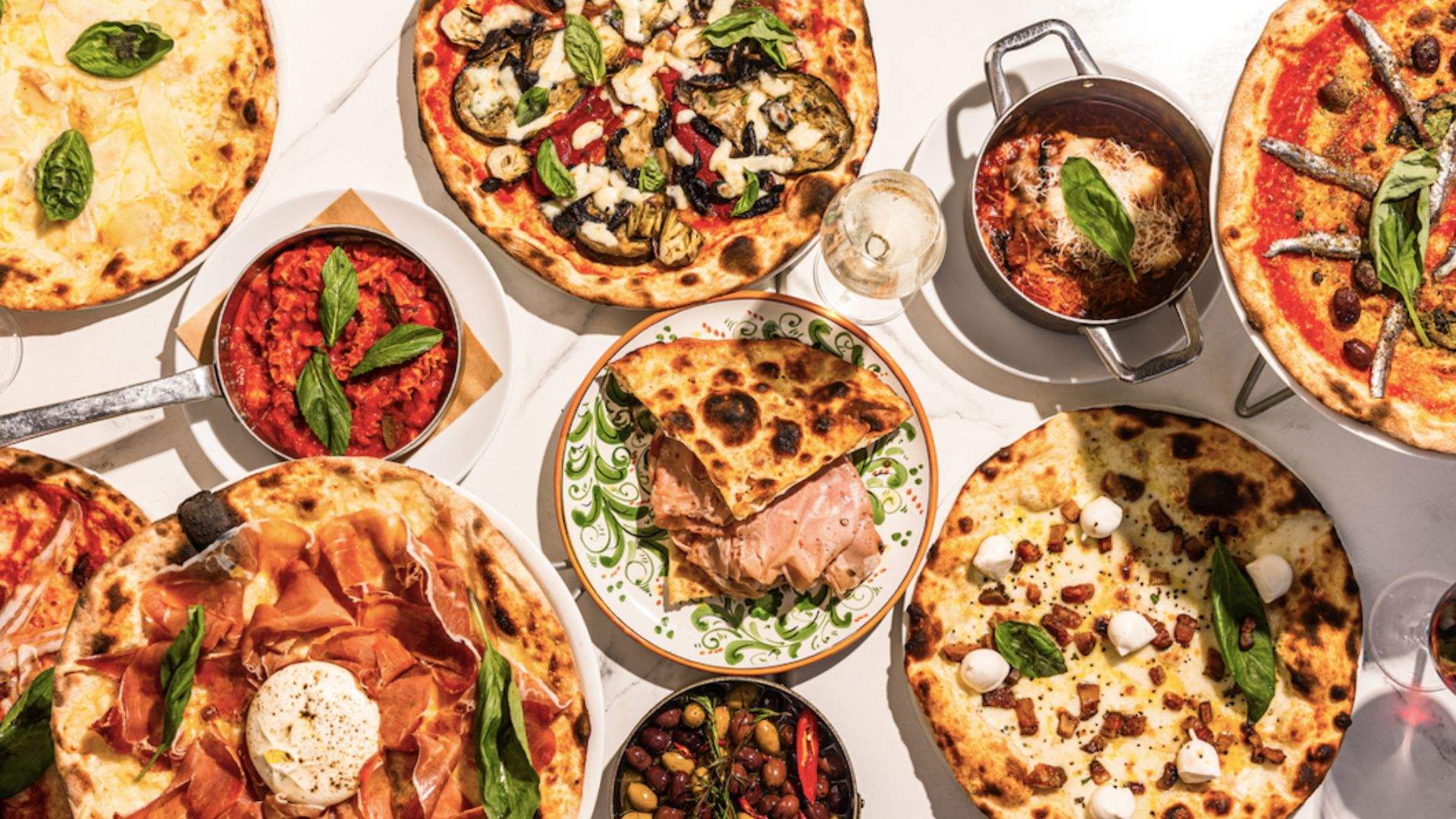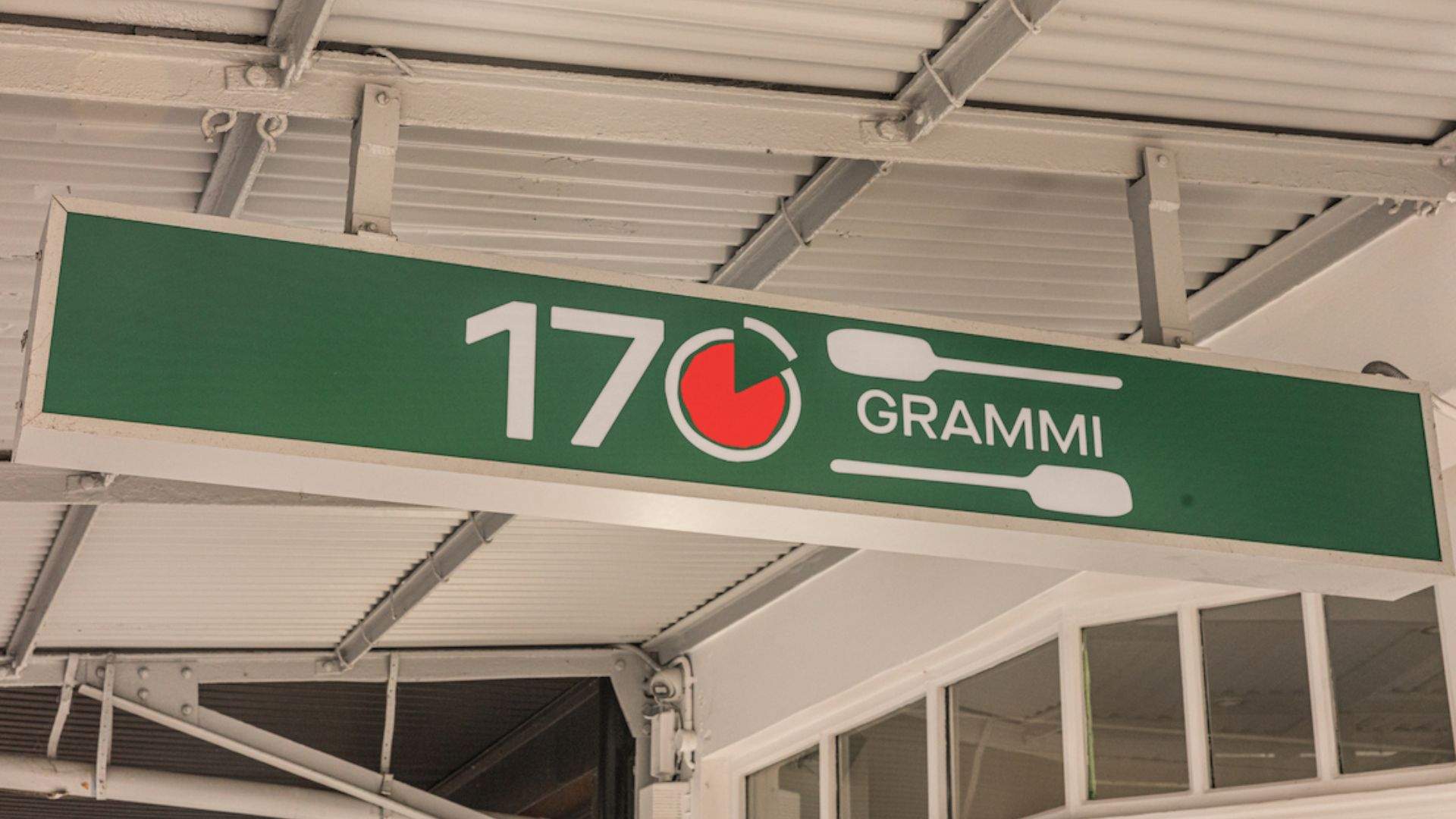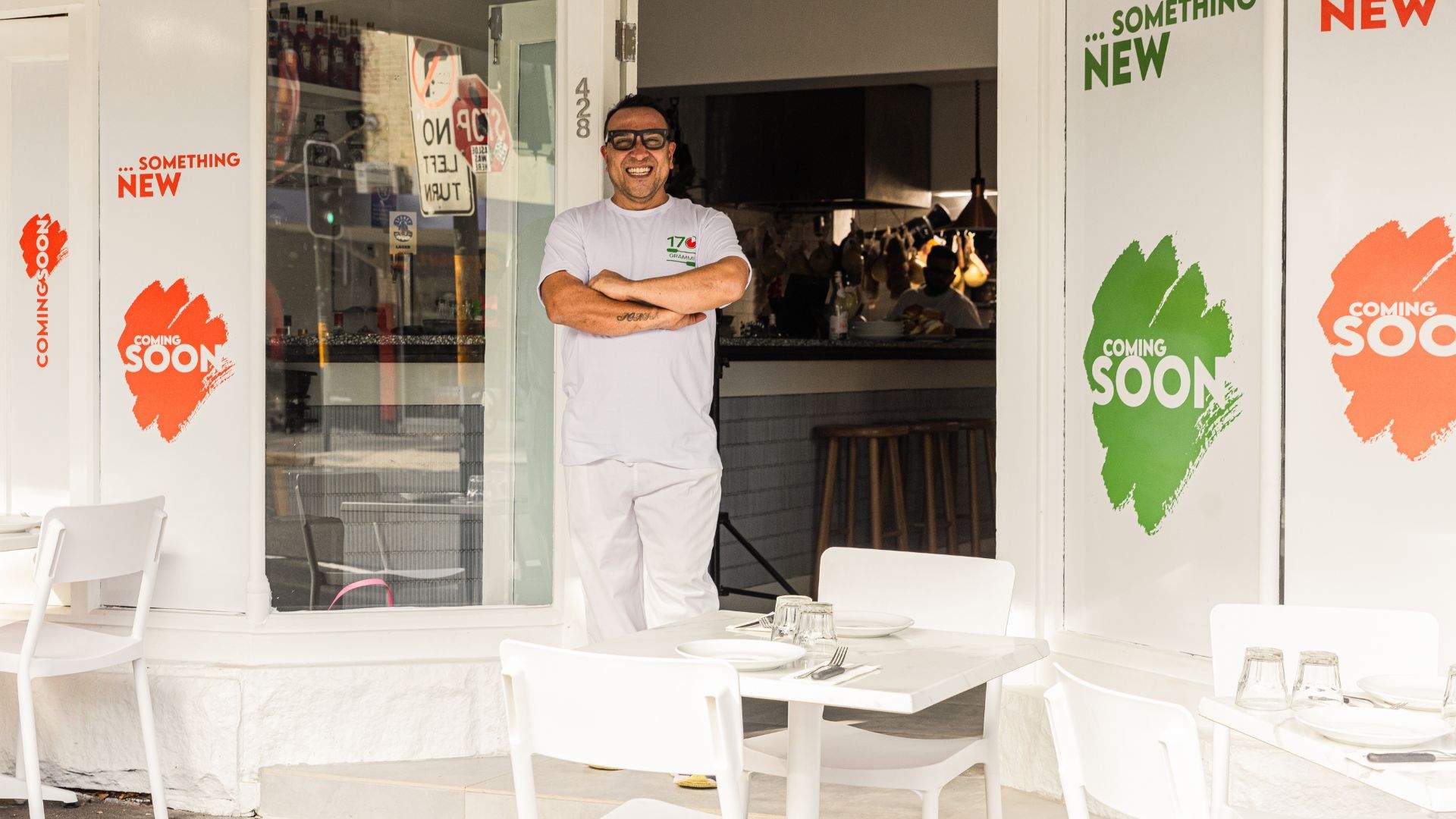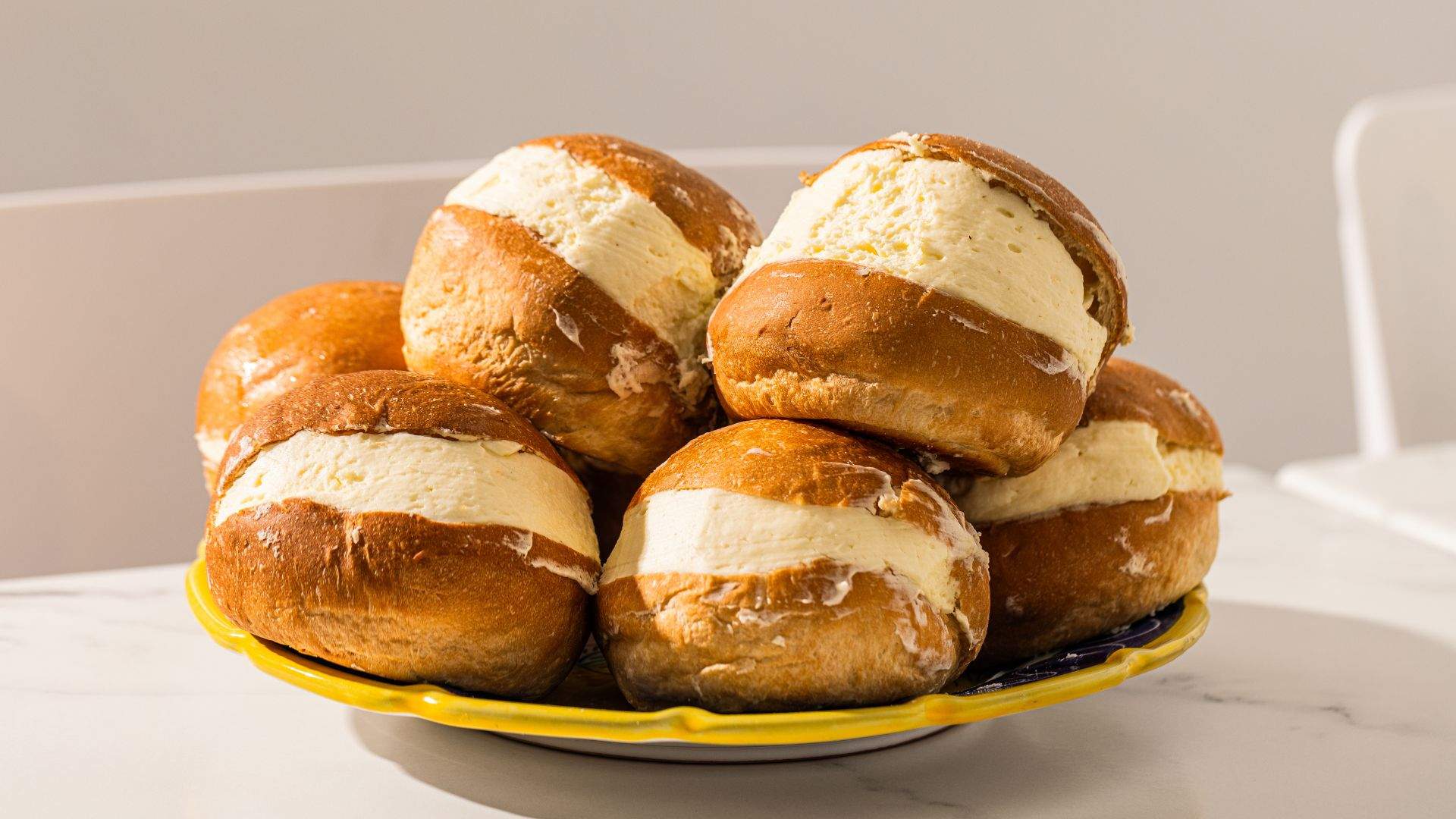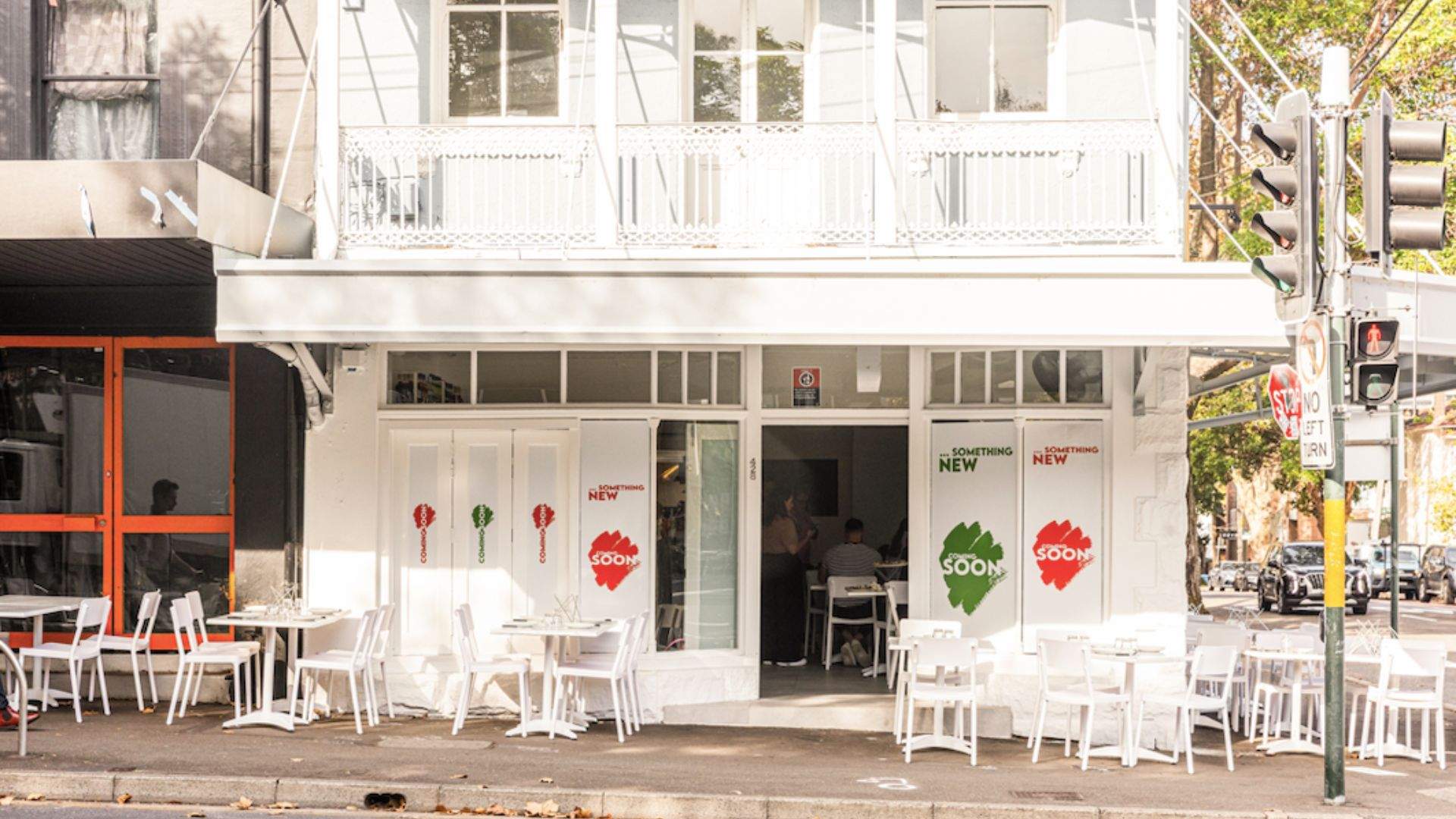170 Grammi
The latest venue by Sydney's godfather of Neapolitan pizza is an ode to the cuisine of his wife's home city of Rome.
Overview
Pizza is not only restaurateur and pizzaiolo Luigi Esposito's life's work — it's also how he's sharing his life story with Sydney. Each of his three Crown Street eateries is a chapter of this autobiography. Opened in 2015, his flagship venue Via Napoli — which heroes the food and culture of Naples, where Esposito was born — was one of the first Italian joints in Sydney to serve authentic Neapolitan pizzas, cooked at 450–500 celsius in a woodfired oven for that distinctive bubbled and charred crust. His second venture, Pizza Fritta 180, which opened on the corner of Crown and Foveaux Streets in 2020 before moving next door to Via Napoli earlier this year, serves the same flash-fried calzones Esposito helped his grandparents sell on the cobbled streets of Napoli when he was eight years old.
The most recent addition to his collection of diners is 170 Grammi. With a minimalist, all-white fitout in the Crown Street corner spot formerly occupied by Pizza Fritta, it pays tribute to the heritage of his wife, Sonia, a native of Rome, where Esposito also briefly lived before immigrating to Australia in 2007. After charming the Harbour City with the flavours of Naples, Sonia urged her husband to champion the dishes she grew up with. "I promised her I would open a Roman pizzeria," he explains with a smile, pizza peel in hand, as he stands in 170 Grammi's bustling kitchen during a packed Friday night service. True to his word, the la tonda Romana-style cuisine his wife had been craving is now available to hungry Sydneysiders. And if the white-knuckle pace of the waitstaff and the size of the crowd outside on our visit was anything to go by, it's already a hit.

Luigi Esposito by Trent van der Jagt
What makes a pizza Roman is the thin and crispy base. For each 13-inch pizza, just 170 grams of dough — hence the restaurant's name — is stretched thin, before being tossed and shaped to ensure an even thickness with just enough elasticity to hold its structure. After toppings are added, the pie is baked for a matter of minutes in the hand-built woodfired oven that dominates the restaurant's surprisingly compact kitchen — not at the blistering 500 degrees of its Neapolitan cousins, but at a gentler temperature, around 250-300 degrees. The result is a tell-tale crunch to the crust and a pizza that is less about piling on ingredients and mountains of cheese, and more about the balance of flavours in every bite.
While Roman pizza may be a new culinary discovery for many Sydneysiders, pasta dishes from the Italian capital have household cachet. You won't find a single strand of spaghetti on 170 Grammi's menu, but Esposito has found a way to harness the popularity of those pasta faithfuls by translating them into pizza toppings, including the rich and salty cacio e pepe and the ripe tartness of amatriciana. Far from being a gimmick, it's a brilliant sleight of hand, particularly in the the a'carbonara. Uncannily capturing the interplay between the salty edge of pecorino romano and the gamy funk of the cured guanciale, mellowed with generous daubs of free-range egg yolk, it perfectly summons the flavours that set authentic carbonaras apart from the cream, bacon and parmesan pretenders.
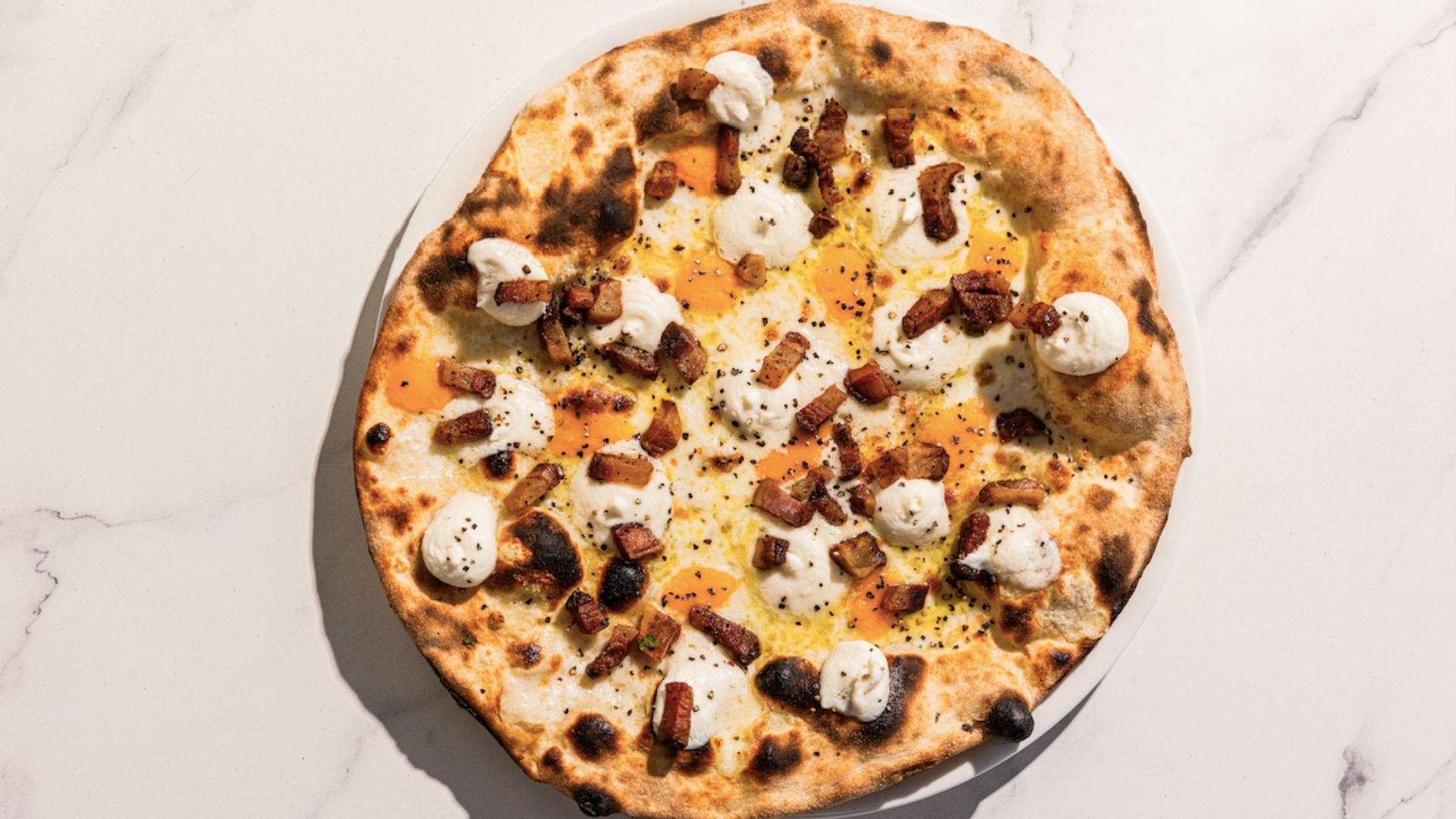
Another must-try pizza-fication of a Roman classic honours a family recipe passed onto Esposito by his uncle-in-law, Tonino Toscano. Gathering all the elements of the traditional porchetta di ariccia on a pizza, slices of herbed pork and rosemary-kissed potatoes are brought together with a judicious sprinkle of smoked scamorza.
However, the dish Esposito feels most quintessentially captures the essence of Rome is not, in fact, a pizza, but an antipasto. Next to familiar crowd-pleasers like calamari fritti, buffalo mozzarella with prosciutto and fresh-fried suppli (Rome's answer to arancini), the trippa alla Romana — tripe (cow stomach lining) braised in white wine and served in a tomato sauce — might not sound all too appealing. "But you must try, you must! Otherwise you cannot really say you have eaten like a Roman," Esposito insists, as he finishes off a serving at the pass with a hearty dusting of pecorino romano. Trust this advice and you won't regret it — the perfectly cooked organs absorb the glossy sauce and fall apart in the mouth, leaving the sweetness of the tomatoes and the subtle tang of the wine to linger pleasantly on the tongue.
When in Rome — or Surry Hills — it's also wise to do dessert as the Romans do. One of the various riffs on the cream-filled maritozzi pastries, with flavours ranging from the traditional, such as pistachio and tiramisu, to the irreverent, such as Kinder Bueno, are the ideal sweet finish to the meal. Sweeter still, the bill is unlikely to leave a sour taste. Esposito has crafted an affordable offering with no pizza priced over $26 and no bottles on the small but considered wine list priced over $65. "It's cheaper than a flight to Rome," Esposito jests. It's also cheaper than a lot of dining options in inner Sydney right now, too.
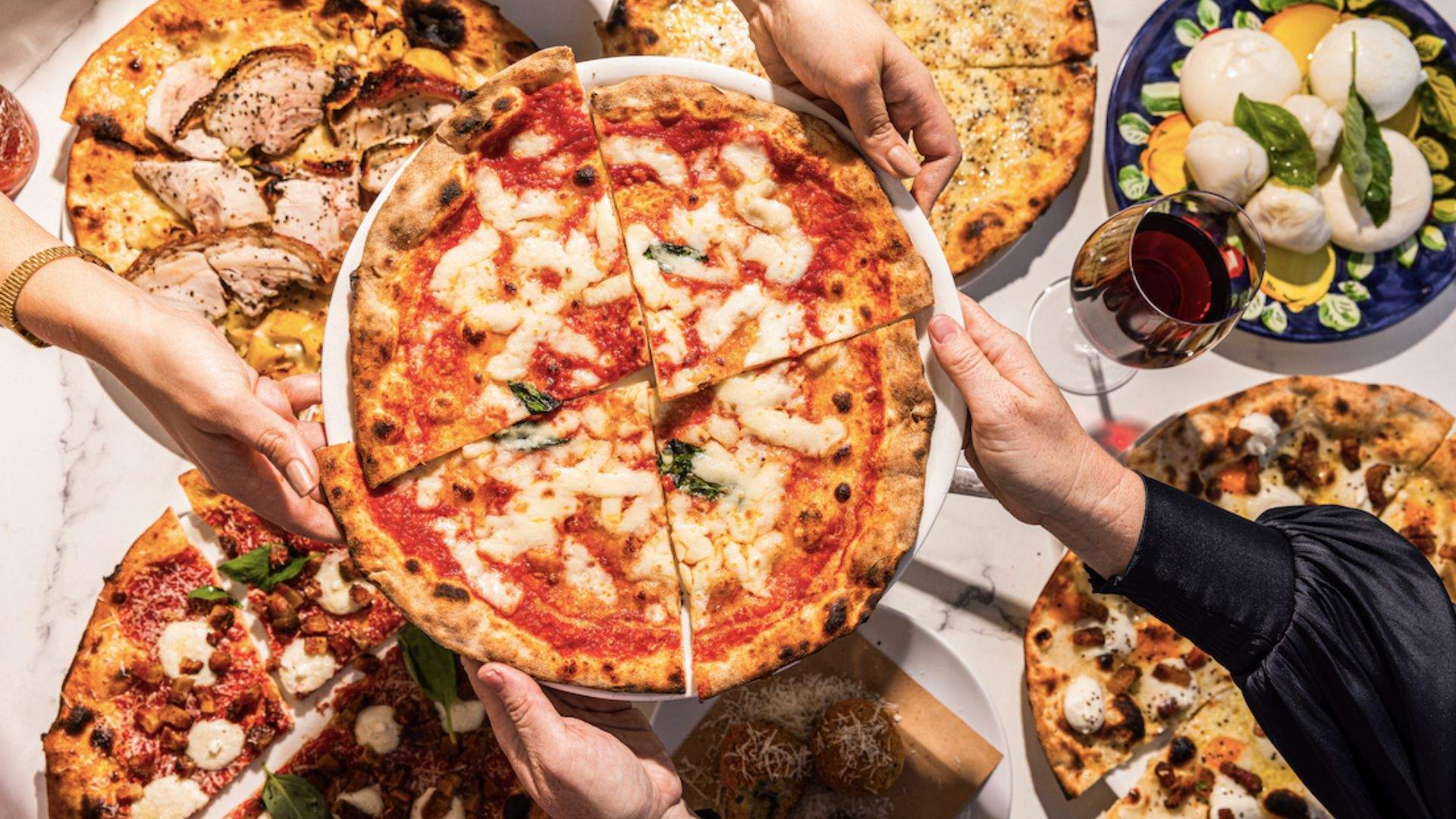
Images: Trent van der Jagt
